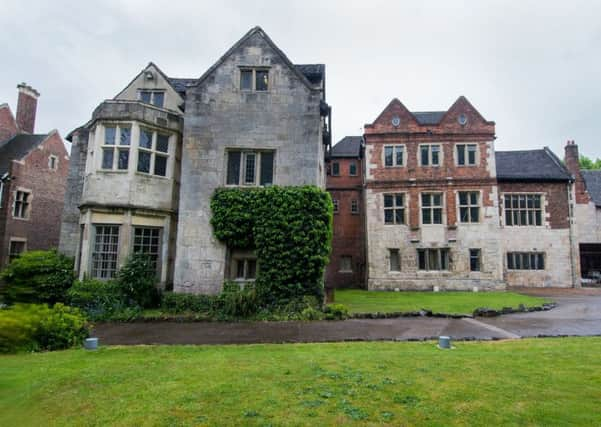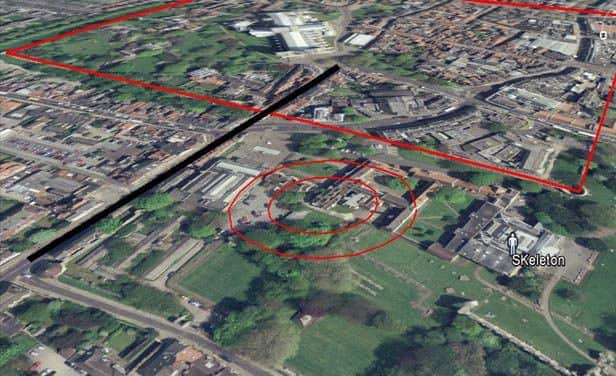After Richard III, could a car park conceal the remains of York's Roman amphitheatre?


After the discovery of the remains of the Yorkist king Richard III beneath the Tarmac of a parking lot in Leicester, experts will gather next month in his spiritual home to try to determine whether a similar site could hold the key to York’s most enduring Roman mystery.
Only about 30 vehicles can squeeze into the university-owned car park that sits behind King’s Manor, between the art gallery and the Yorkshire Museum, just inland from the River Ouse.
Advertisement
Hide AdAdvertisement
Hide AdYet the site could once have been the setting for gladiatorial contests and even mock sea battles, an archaeology expert said yesterday.


No-one knows for sure if there was an amphitheatre in the city the Romans called Eboracum, but the evidence is overwhelming. Every other legionary fortress had one, and a large cemetery on the outskirts of York appears to have been the burial ground for dozens of gladiators.
But the amphitheatre’s location has never been clear. The discovery of the remains of a similar structure in Chester has served only to deepen the mystery.
The latest search will begin on June 3, overseen by the archaeological investigator Professor Stewart Ainsworth, from Chester University.
Advertisement
Hide AdAdvertisement
Hide AdTim Sutherland, a lecturer on battlefields and archeolgy at the University of York, led the researchers to the King’s Manor site, having become convinced that it could have been the amphitheatre’s location when he noticed that the surrounding buildings had over the years tilted in the direction of a depression.


“We need to know what the hollow is,” he said. “We are hoping to start something that could become very big news indeed.”
He and Prof Ainsworth, alongside council, university and heritage experts, will use traditional methods and aerial photographs of the topography to build up a picture of what lies beneath the land, whose present Grade I listed buildings were constructed to house the abbots of St Mary’s.
Prof Ainsworth, who also appears on the TV series Time Team, said: “With the ruins of the abbey remaining relatively untouched in terms of modern development, the area is one of the few sites in York which has not been explored in recent times.”
Advertisement
Hide AdAdvertisement
Hide AdHe added: “A city of York’s importance during the Roman period would have had an amphitheatre. As well as a venue for often violent entertainment it was also a symbol of imperial power and would have probably been positioned near the river to show those arriving to the city its importance and strength.”
Prof Ainsworth said the discovery of Chester’s amphitheatre, whose existence was unknown until 1929, could serve as a model for York. Excavations there in 2004 revealed two stone-built amphitheatres with wooden seating, one similar to the structure at Pompeii, with stairs on the rear wall giving access to the upper tiers of seats.
Mr Sutherland and Prof Ainsworth will host a presentation on the Chester discovery, at the Yorkshire Museum as part of the York Eboracum Roman Festival, which runs from June 1-4.